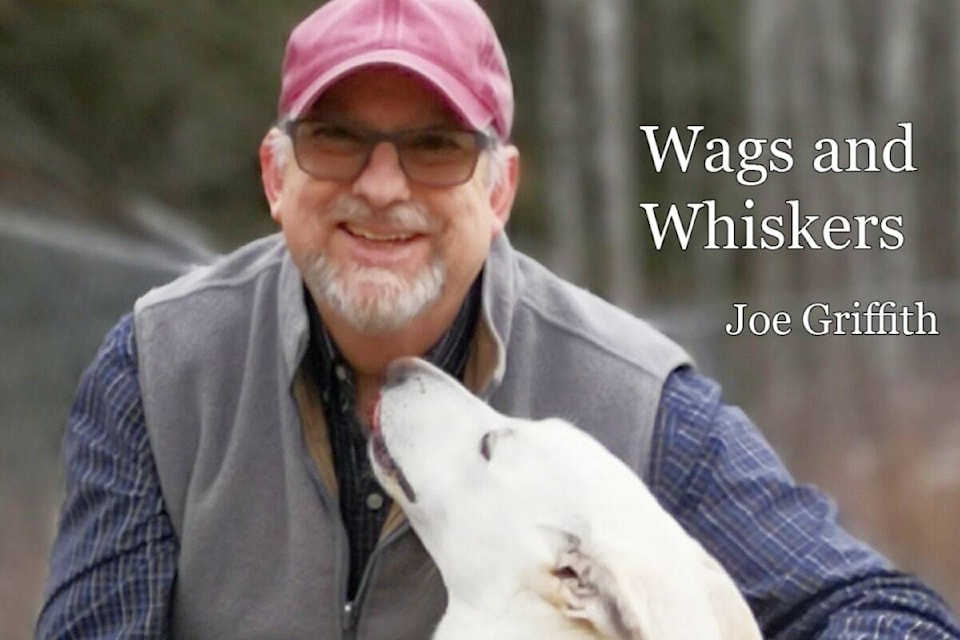Health
Recognizing Early Signs of Dog Stress: A Guide for Guardians

Understanding the early signs of stress in dogs is crucial for their well-being and safety. Many dog guardians often overlook subtle signals that indicate discomfort, only noticing more pronounced signs like barking or growling. By recognizing these early indicators, owners can prevent potential conflicts and foster a trusting relationship with their pets.
Key Signs of Dog Discomfort
Dogs primarily communicate through body language rather than vocalizations. When a dog begins to feel uneasy, such as in a crowded park, you might observe behaviors like lip licking, yawning without fatigue, or turning their head away. These actions, known as calming signals, serve as attempts to diffuse tension in their environment. For instance, a dog named Luna might react to a well-meaning stranger by turning away and shifting her weight back, indicating that she feels uncomfortable.
If these initial signals are ignored, a dog’s body language can escalate. Signs such as a stiffened posture, lowered tail, pinned ears, or showing the whites of their eyes (often referred to as “whale eye”) may emerge. These reactions indicate that emotional pressure is building, and the dog is increasingly distressed. If the situation continues to escalate, the dog may growl or bare its teeth, delivering a stronger message: “I need this to stop.”
The Ladder of Aggression Explained
The concept known as the ladder of aggression helps visualize how discomfort can escalate in dogs. At the bottom of this ladder are mild cues like head turns or yawns. As the dog ascends, their behavior becomes more pronounced, including freezing, growling, and eventually snapping. Each step on this ladder represents an attempt to resolve discomfort without resorting to aggression.
Respecting a dog’s signals at the lower rungs of this ladder can lead to de-escalation. Ignoring or punishing these early warnings can teach the dog that subtle communication is ineffective, potentially resulting in faster and more unpredictable reactions in the future.
Steps Guardians Can Take
To foster a safe and trusting environment for dogs, guardians should focus on reading their body language. Recognizing early signs of discomfort, such as lip licking or turning away, is vital. If a dog exhibits these behaviors, it is essential to provide them with space from whatever is causing their distress.
It is equally important to avoid punishing warning signs. Growling is a form of communication, not a defiant act. Punishing a dog for growling can lead to misunderstandings and a breakdown of trust. Supporting calm behavior by rewarding dogs for disengaging from stressors helps reinforce positive responses.
Listening to a dog’s early communication signals not only prevents conflict but also strengthens the bond between the guardian and the pet. Each small behavior—from a yawn to a low growl—is the dog’s way of expressing their needs. By responding with empathy, guardians can ensure their dogs feel safe and understood, creating a foundation for true companionship.
-

 Lifestyle2 months ago
Lifestyle2 months agoWinnipeg Celebrates Culinary Creativity During Le Burger Week 2025
-

 Education2 months ago
Education2 months agoBrandon University’s Failed $5 Million Project Sparks Oversight Review
-

 Science3 months ago
Science3 months agoMicrosoft Confirms U.S. Law Overrules Canadian Data Sovereignty
-

 Health3 months ago
Health3 months agoMontreal’s Groupe Marcelle Leads Canadian Cosmetic Industry Growth
-

 Science3 months ago
Science3 months agoTech Innovator Amandipp Singh Transforms Hiring for Disabled
-

 Technology3 months ago
Technology3 months agoDragon Ball: Sparking! Zero Launching on Switch and Switch 2 This November
-

 Education3 months ago
Education3 months agoRed River College Launches New Programs to Address Industry Needs
-

 Technology4 weeks ago
Technology4 weeks agoDiscord Faces Serious Security Breach Affecting Millions
-

 Technology3 months ago
Technology3 months agoGoogle Pixel 10 Pro Fold Specs Unveiled Ahead of Launch
-

 Science3 months ago
Science3 months agoChina’s Wukong Spacesuit Sets New Standard for AI in Space
-

 Business2 months ago
Business2 months agoRocket Lab Reports Strong Q2 2025 Revenue Growth and Future Plans
-

 Education3 months ago
Education3 months agoAlberta Teachers’ Strike: Potential Impacts on Students and Families
-

 Technology3 months ago
Technology3 months agoWorld of Warcraft Players Buzz Over 19-Quest Bee Challenge
-

 Business3 months ago
Business3 months agoNew Estimates Reveal ChatGPT-5 Energy Use Could Soar
-

 Business3 months ago
Business3 months agoDawson City Residents Rally Around Buy Canadian Movement
-

 Technology1 month ago
Technology1 month agoHuawei MatePad 12X Redefines Tablet Experience for Professionals
-

 Technology3 months ago
Technology3 months agoFuture Entertainment Launches DDoD with Gameplay Trailer Showcase
-

 Technology3 months ago
Technology3 months agoInnovative 140W GaN Travel Adapter Combines Power and Convenience
-

 Science3 months ago
Science3 months agoXi Labs Innovates with New AI Operating System Set for 2025 Launch
-

 Technology3 months ago
Technology3 months agoGlobal Launch of Ragnarok M: Classic Set for September 3, 2025
-

 Business3 months ago
Business3 months agoBNA Brewing to Open New Bowling Alley in Downtown Penticton
-

 Technology3 months ago
Technology3 months agoNew IDR01 Smart Ring Offers Advanced Sports Tracking for $169
-

 Education2 months ago
Education2 months agoNew SĆIȺNEW̱ SṮEȽIṮḴEȽ Elementary Opens in Langford for 2025/2026 Year
-

 Technology3 months ago
Technology3 months agoArsanesia Unveils Smith’s Chronicles with Steam Page and Trailer










